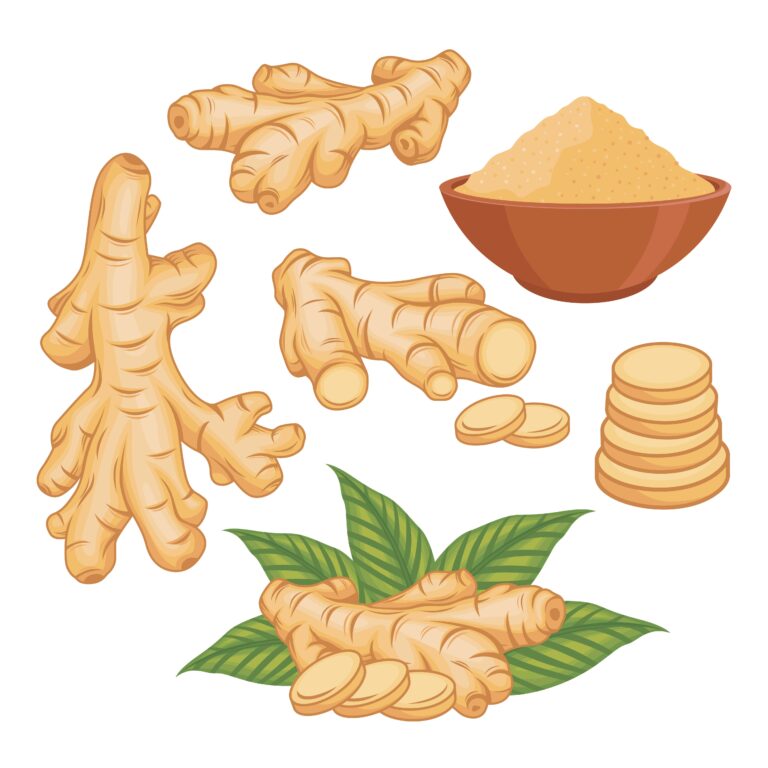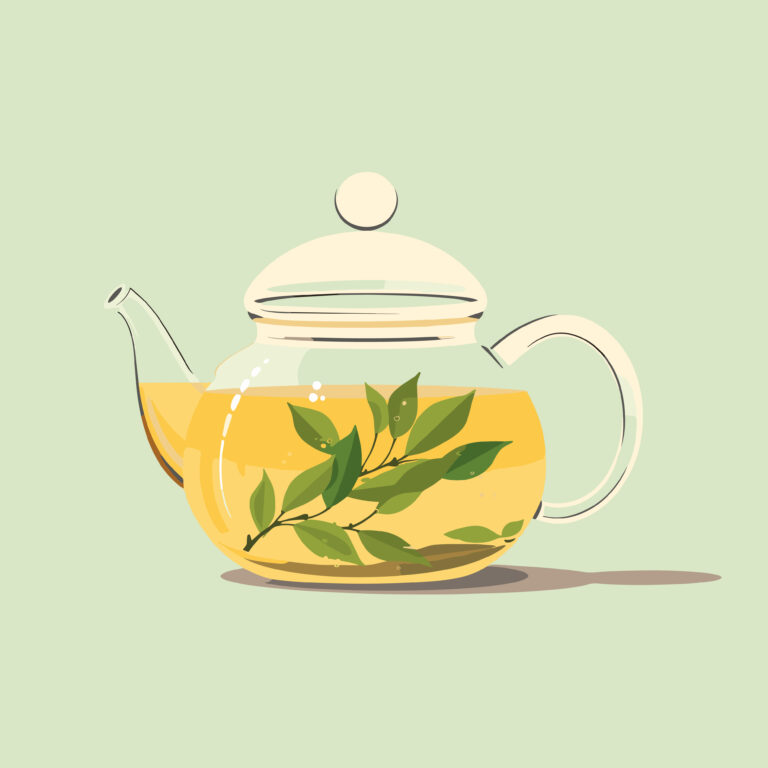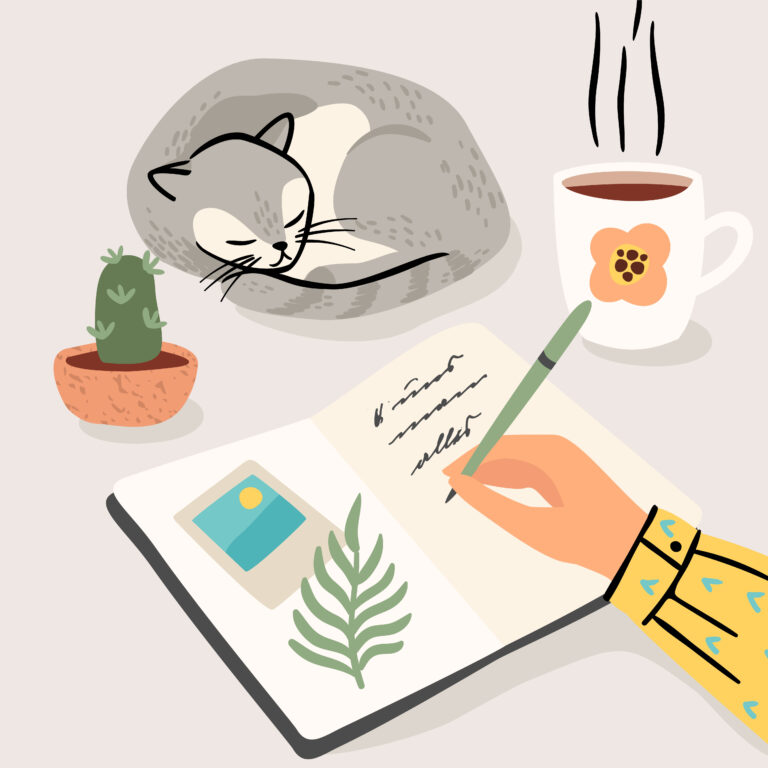With Love, Katie.
It has been used for years, and now I know its benefits: meditation is the practice that supports the mindful way of living—it’s the inner work that makes outer awareness easier and more natural. Add a little bit of essential oils, and you will see how meditation will become your best partner in relaxation and an intentional slow-living journey. Which, you might think, as a mom, is impossible, but bear with me, because it is not…
Meditation serves as a powerful tool to achieve inner peace, and incorporating essential oils can deepen the experience by engaging our sense of smell, which is directly linked to the brain’s emotional centers (based on scientific studies).
My Story with Essential Oils and Meditation
Meditation has a lot of benefits, like reducing stress and anxiety, but also improving sleep quality, which, as a mom, I needed a lot. Now, you might be wondering why I started meditation. Well, we did struggle with losing two babies, and I did not want to go crazy. I did have some health issues after that, like hormonal acne all over my face and body, and I was not feeling myself at all.
You might not know this about me, but I was a researcher before I became a mom, and I loved studying essential oils back then. Now, I have read a research paper about how oils can really calm your brain, how they make you somehow quiet your thoughts, and stop processing too much information.
And that was what I needed: I had to let the feelings come to the surface. I listened to my mind chattering a lot before getting quiet, which was first hard, but I learned to listen.
So now I understand: meditation helps people let emotions and feelings not get stuck in the brain, which emotions affect our thoughts, and vice versa. And if your brain is good, if your emotions are okay, than your whole body is happy! It is all connected: our mind, our body, and our soul, everything.
How Essential Oils Affect the Brain
When inhaled, essential oil molecules travel through the olfactory system to the limbic system (1)—the brain’s emotional hub. So, from our nose to our brain. This region governs emotions, memories, and arousal, influencing mood and stress levels.
The limbic system includes structures like the amygdala and hippocampus, which play roles in emotional regulation and memory formation.
Essential oils can impact neurotransmitters—chemical messengers in the brain such as serotonin (our happy hormone), dopamine (our motivational hormone), and GABA (2).
For instance, certain oils may promote the release of serotonin, enhancing mood and promoting relaxation. Others might influence GABA levels to help reduce anxiety and improve sleep quality.
Now, enough of chemistry and science…use your favourite oil, as you will love it, so you will want to breathe in, and then you will focus on your breath, the basics of meditation.
The Role of Essential Oils in Meditation
Integrating essential oils into meditation can:
- Enhance focus, as the scents like rosemary and peppermint can stimulate alertness. But it can also promote relaxation, as for example, lavender and chamomile are known for their calming properties.
- Deep breathing is a very important step in meditation, maybe the most important: eucalyptus and frankincense can open airways, encouraging deeper breaths. (OT, but I love using them when my girls have a cold)
- Anchor the practice, because a consistent scent can become a cue for the mind to enter a meditative state. It is hard to get there, but trust me, practice makes perfect.
Top 10 Essential Oils for Meditation
1. Lavender Essential Oil
Lavender essential oil is renowned for its calming and soothing properties, making it ideal for grounding meditation practices. It really helps the nervous system in many ways.
Its gentle floral aroma promotes relaxation, helps release emotional tension, and supports a restful nervous system. With natural anti-inflammatory effects, it can also ease physical tension and stress stored in the body (3), but combined with rosemary, it will decrease cortisol levels (4).
2. Frankincense Essential Oil
Frankincense has been used in spiritual rituals for centuries, known for deepening breath and encouraging a meditative, contemplative state. It is still used in a few religions, like the catholic religion. It helps quiet the mental chatter, making space for clarity and inner stillness.
Its grounding aroma supports emotional healing and a stronger connection to self; it is good for stress relief too (5).
3. Sandalwood Essential Oil
Sandalwood carries a warm, woody scent that fosters emotional balance and spiritual awareness. It helps center and calm the mind, making it easier to stay present and focused during meditation.
This oil is especially useful for promoting inner peace and reducing anxiety or restlessness. It reduces cortisol levels too, so its anti-stress effect has been demonstrated (6).
4. Peppermint Essential Oil
Peppermint offers a refreshing, invigorating aroma that clears the mind and boosts alertness. While it’s more stimulating than calming, it can be helpful in early-morning meditations or when mental fatigue is present. It is very interesting that overall, it improves sleep too (7).
It also supports deeper breathing and mental clarity.
5. Eucalyptus Essential Oil
Eucalyptus is known for its purifying and expansive effects, particularly on the respiratory system. It opens up the lungs, encouraging deeper, more intentional breathing during meditation, which is the core of the meditation, as I mentioned a few times before. Its cool, clean scent helps clear stagnant energy and invites a sense of renewal (8).
6. Rosemary Essential Oil
Rosemary is a stimulating oil that enhances concentration, memory, and mental clarity—perfect for mindfulness practices that require alert awareness. Its herbal aroma can uplift the mood while encouraging a focused, present mind. It’s especially useful during goal-setting or intention-based meditations, for which you might wanna put an accent on your follicular phase.
Alongside lavender, it reduces stress levels by decreasing cortisol levels (4, 9).
7. Clary Sage Essential Oil
Clary sage has a sweet, slightly earthy scent that promotes emotional clarity and hormone balance. It is often used to calm anxiety and uplift the spirit, making it helpful in meditations that center around emotional release or self-compassion (10).
It can also support creative insight and intuition.
8. Bergamot Essential Oil
Bergamot offers a gentle citrusy aroma that is both uplifting and calming, perfect for easing stress while boosting mood. It is a core part of your morning Early Grey Tea, in case you are not a coffee person, so you might already know its smell.
It’s often used in emotional healing practices, as it helps release tension and encourages a light-hearted, open energy during meditation. I love this too, as it really reduces cortisol levels (11, 12).
9. Patchouli Essential Oil
Patchouli is a deeply grounding oil with a rich, earthy scent that anchors the body and mind. It’s particularly helpful for feeling more connected to the present moment and the physical body. Its calming properties can also soothe feelings of overwhelm or scattered thoughts (13).
10. Ylang Ylang Essential Oil
Ylang ylang is a floral, exotic oil that helps balance emotions and soften inner tension. It promotes self-love, compassion, and emotional harmony, making it useful for heart-centered meditations. Its soothing aroma helps calm racing thoughts and invite inner peace.
Blending is optional. You can choose simple oil and stick with it. If you are an instructor, you might want to change the blend’s composition during your day, considering the oil’s effects on the brain. For example, use lavender in the afternoon, but give something more exotic, like Ylang Ylang in the morning session (14).
If you are interested in some exact combinations, here are a few tips for you.
My Top 5 Favourite Blend Ideas
1. Calm Clarity – for stress relief and your mental focus
Best used during meditation, journaling, or a work session when you need both peace and focus.
Blend:
-
3 drops Lavender (calming, soothing)
-
2 drops Frankincense (grounding, centering)
-
2 drops Peppermint (mental clarity, cooling)
-
1 drop Rosemary (focus and alertness)
Use in a diffuser or dilute in 10 ml carrier oil for a roll-on. You already know, peppermint is my favourite one, so I really use it a lot. I try to use it in different blends, yet Peppermint-Lavender seems to be in almost all of my blends. But that’s me…
2. Evening Embrace – for winding down and promoting restful sleep
Best use in the evening, especially before bed. So, if your are a afternoon-meditation-girl, I think you will love this blend.
Blend:
-
4 drops Cedarwood (sedative, grounding)
-
3 drops Chamomile (soothing, stress-relieving)
-
2 drops Ylang-Ylang (calms the heart, softens tension)
Diffuse in the bedroom or add to a bath with a carrier oil and Epsom salts.
3. Solar Mood Lift – to brighten mood and reduce anxiety
Best used in the morning or mid-afternoon to give you a boost, a little bit of energy.
Blend:
-
4 drops Sweet Orange (uplifting, cheerful)
-
3 drops Bergamot (anxiolytic, gentle energy boost)
-
2 drops Geranium (emotional balance, floral lift)
Diffuse for an energizing atmosphere or mix with a base oil for massage.
4. Root and Rise – for grounding during anxious moments
Best used on busy, scattered days or after emotional overwhelm. It will help you calm down, find your way back to yourself.
Blend:
-
2 drops Patchouli (earthy, stabilizing)
-
2 drops Lavender (softens tension)
-
1 drop Frankincense (sacred and centering)
Apply to pulse points with carrier oil or inhale directly from hands. Listen, if you only have two minutes, put the drops in your palm, rub your hands, and inhale deeply through your nose. Exhale the stress and the problems, all the tension through your mouth.
5. Lunar Soothe – for PMS support and a little bit of emotional balance
Best used during the luteal or menstrual phase, or when feeling emotionally tender.
Are you interested in a cyle-syncing lifestyle to learn to support your hormones and work with your body? -> Read this.
Blend:
-
3 drops Clary Sage (hormone balancing)
-
2 drops Lavender (calming)
-
2 drops Chamomile (anti-inflammatory, comforting, calming, just like the tea itself)
-
1 drop Ylang-Ylang (soft emotional uplift)
Dilute in 10 ml carrier oil and massage on lower abdomen or inner wrists.
Incorporating Essential Oils into Your Meditation Practice
-
Diffusion: add a few drops of your chosen oil or blend to a diffuser to scent your meditation space.
-
Topical application: dilute essential oils with a carrier oil and apply to pulse points. (It is one of my favourite application modes since I am a mom. It is easy and fast, so I use it every day as a part of my morning routine now.)
-
Inhalation: place a drop on your palms, rub together, and inhale deeply before beginning. This movement can be your first step of meditation. Be there, be present and start the process now.
Now listen, there is a thing called meditation anchoring: use the same scent consistently to train your mind to associate it with meditation, enhancing focus over time.
How Can You Use Essential Oils During Meditation?
1. Diffuse Essential Oils in Your Space
Use an ultrasonic diffuser to fill your room with calming scents like lavender, bergamot, or frankincense. Let the mist settle into the air as you unwind, meditate, or simply breathe.
This method creates a peaceful environment and subtly supports your nervous system.
2. Add Oils to a Warm Bath
Mix a few drops of essential oil (such as ylang-ylang, rose, or chamomile) with a carrier like Epsom salt or milk, then pour into your bath. The warm water opens your pores and the steam carries the aroma, helping to calm your body and mind deeply.
3. Create a Personal Inhaler or Roll-On
Blend a few drops of oil with a carrier oil (like jojoba) and apply to your wrists, temples, or chest. Or use an aromatherapy inhaler for a quick pocket-sized stress reliever. This is a discreet and effective way to manage anxiety on the go.
4. Scented Pillow or Bedtime Ritual
Spritz a lavender and cedarwood mist onto your pillow, or place a drop of oil on a tissue tucked near your bed. These calming scents can help release tension and support deeper, more restful sleep.
5. Incorporate Aromatherapy Into Breathwork
Apply a calming oil blend to your palms, rub them together, and cup them over your nose. Take a few slow, mindful breaths. This brings you into the present moment and signals to your nervous system that it’s safe to soften.
Some final words
Research supports the use of essential oils for emotional and psychological benefits. Studies have shown that inhalation of certain oils can reduce anxiety, improve mood, and enhance cognitive function.
Use it for a better meditation process. Use it for better days. When I am angry or just feeling very negatively or tired, I always take my Peppermint oil, put a few drops in my palm, rub it, then smell it. I love peppermint as a tea, so it automatically calms me down.
Don’t forget to inhale deeply through your nose, then exhale out the stress and negativity through your mouth. Do this a few times and let the tension go away.
Refferences
- Tyler J. Torrico; Sara Abdijadid. Neuroanatomy, Limbic System. StatPearls [Internet]
- Apsorn S, Sineewanlaya W, Phanit K, The Effects of Essential Oils on the Nervous System: A Scoping Review. Molecules., 2023 Apr 27;28(9):3771.
- Koulivand PH, Khaleghi Ghadiri M, Gorji A. Lavender and the nervous system. Evid Based Complement Alternat Med. 2013;2013:681304.
- Atsumi T, Tonosaki K. Smelling lavender and rosemary increases free radical scavenging activity and decreases cortisol level in saliva. Psychiatry Res. 2007 Feb 28;150(1):89-96.
- Shukan O, Yoshiko H, Tohru K, Mayumi K. The Effects of Frankincense Essential Oil on Stress in Rats. J Oleo Sci. 2019;68(10):1003-1009.
- Martina H, Christina H, Gerhard B. A Pilot Study on the Physiological Effects of Three Essential Oils in Humans. Nat Prod Commun. 2016 Oct;11(10):1561-1564.
- Asma K, Aida I, Niusha E,Mehdi S, Mohammad HH. Peppermint and menthol: a review on their biochemistry, pharmacological activities, clinical applications, and safety considerations. Critical Reviews in Food Science and Nutrition. 2025. 65 (8). 1553-1578
- Shiekh, R.A.E., Atwa, A.M., Elgindy, A.M. et al. Therapeutic applications of eucalyptus essential oils. Inflammopharmacol 33, 163–182 (2025).
- González-Minero, F. J., Bravo-Díaz, L., & Ayala-Gómez, A. (2020). Rosmarinus officinalis L. (Rosemary): An Ancient Plant with Uses in Personal Healthcare and Cosmetics. Cosmetics, 7(4), 77. https://doi.org/10.3390/cosmetics7040077
- Mahboubi, M. Clary sage essential oil and its biological activities. ADV TRADIT MED (ADTM) 20, 517–528 (2020).
- Watanabe E, Kuchta K, Kimura M, Rauwald HW, Kamei T, Imanishi J. Effects of bergamot ( Citrus bergamia (Risso) Wright & Arn.) essential oil aromatherapy on mood states, parasympathetic nervous system activity, and salivary cortisol levels in 41 healthy females. Forsch Komplementmed. 2015;22(1):43-9
- Nilofar P, Masoume R, Fatemeh A. The effect of bergamot orange essence on anxiety, salivary cortisol, and alpha amylase in patients prior to laparoscopic cholecystectomy: A controlled trial study. Complement Ther Clin Pract. . 2020 May:39:101153.
- M.U., Akbar, A., Anwar, H., Inam, S., Ashraf, A., Riaz, M. (2023). Patchouli. In: Zia-Ul-Haq, M., Abdulkreem AL-Huqail, A., Riaz, M., Farooq Gohar, U. (eds) Essentials of Medicinal and Aromatic Crops. Springer, Cham
- Jung DJ, Cha JY, Kim SE, Ko IG, Jee YS. Effects of Ylang-Ylang aroma on blood pressure and heart rate in healthy men. J Exerc Rehabil. 2013 Apr;9(2):250-5







